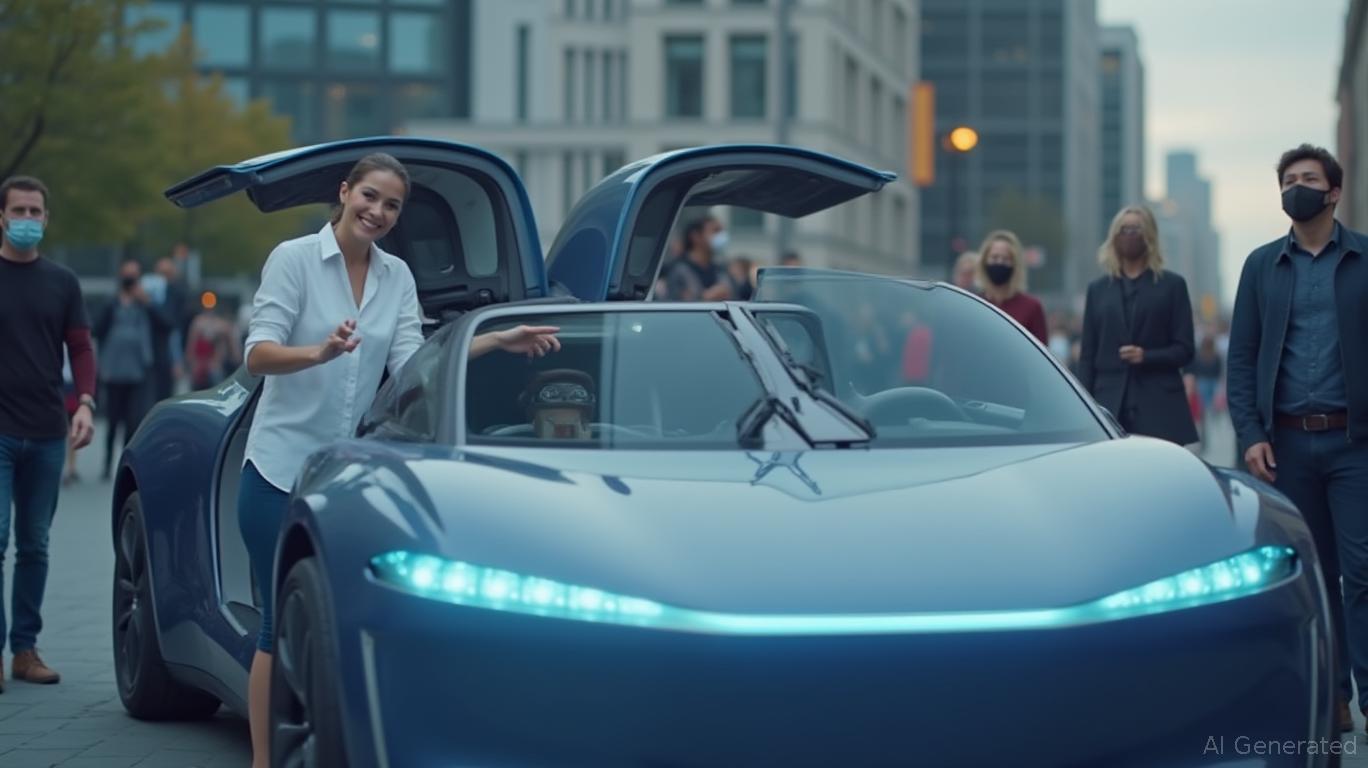Tesla Launches Robotaxi Service in Austin, Faces Initial Challenges
Tesla's much-anticipated robotaxi service has finally launched, marking a significant milestone for the company. The pilot program, which began in Austin, Texas, allows passengers to be ferried without a human driver directly behind the wheel. This development is a historic moment for
, as it demonstrates the company's progress towards earning a substantial share of its profits from high-margin software and services, rather than relying solely on hardware sales.However, the launch was not without its hiccups. The pilot program was geofenced to a portion of Austin, limiting the scope of the service. Tesla employees serving as safety monitors were seated in the front passenger seat at all times, and participants reported unusually long wait times and far-off pickup locations. The most notable issue occurred during a trip taken by Rob Maurer, a former Tesla Daily podcaster. The Model Y he was riding in briefly attempted to make a left turn before swerving back to its previous path, causing it to briefly cross double yellow lines and prompting a honk from the car behind.
Despite these challenges, the launch of the robotaxi service represents a significant step forward for Tesla. The company has long been at the forefront of autonomous vehicle technology, and this pilot program is a tangible demonstration of its progress. However, there is still much work to be done before the service can be widely adopted. Tesla will need to address the issues that arose during the pilot program and expand the service to more locations before it can become a viable alternative to traditional taxi services.
The launch of the robotaxi service also has implications for the broader automotive industry. As more companies invest in autonomous vehicle technology, the traditional business model of car sales and maintenance is likely to be disrupted. Companies that can successfully transition to a software and services-based model, like Tesla, may be better positioned to thrive in this new landscape. However, there are also significant regulatory and safety challenges that must be addressed before autonomous vehicles can become a mainstream mode of transportation.


Comments
No comments yet